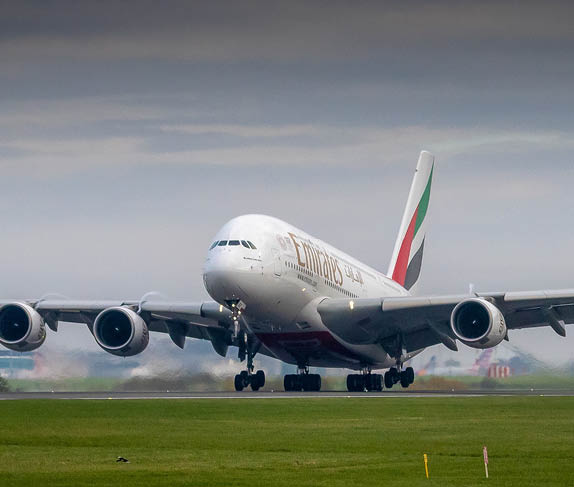Brent crude oil has fallen below $65 – a five-year low- and is expected to keep falling to way below $60 a barrel. Opec has predicted that demand for its crude oil will fall to 28.9m barrels per day next year, even though its production target is 30m barrels per day, resulting in a surplus of supply. Moreover, US crude stockpiles increased by 1.5m barrels last week when analysts had been predicting a decline of 2.2m barrels. Oil prices fell sharply following the Opec report. The price of Brent crude has fallen 43% in just the past five months. The market expects $60 to be the mid-to-long-term price, with lows of $50 a barrel being forecast.
Yesterday IATA predicted improved industry profitability for airlines in such a low oil price environment. The body expects airlines to post a collective global net profit in 2014 of some $19.9 billion (up from the $18.0 billion projected in June). Driven by lower oil prices and stronger worldwide GDP growth, IATA predicts this figure to rise to $25.0 billion in 2015.
IATA also states that airline fares will come down by around 5.1%, with cargo rates down by 5.8%.
“The industry outlook is improving,” said Tony Tyler, IATA’s Director General and CEO. “The global economy continues to recover and the fall in oil prices should strengthen the upturn next year. While we see airlines making $25 billion in 2015, it is important to remember that this is still just a 3.2% net profit margin. The industry story is largely positive, but there are a number of risks in today’s global environment—political unrest, conflicts, and some weak regional economies- among them. And a 3.2% net profit margin does not leave much room for a deterioration in the external environment before profits are hit.”
IATA states that the full-year average price is expected to be $85/barrel (Brent). “If that assumption is correct, it would be the first time that the average oil price has fallen below $100/barrel since 2010 (when oil averaged $79.4/barrel)… Jet fuel prices are expected to average at $99.9/barrel in 2015 for a total fuel spend of $192 billion which represents 26% of total industry costs. It is important to note that the impact of lower fuel prices will be realized with a time lag, due to forward fuel-buying practices. Improving fuel efficiency continues to be a priority for airlines. Fuel efficiency is estimated to have improved by 1.8% in 2014 and a further improvement is expected in 2015. Fuel efficiency improvements could be accelerated by reducing the 5% of wasted fuel burn as a result of airspace and airport inefficiencies.”

